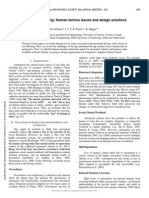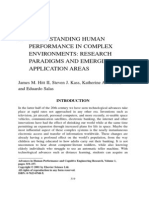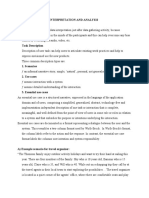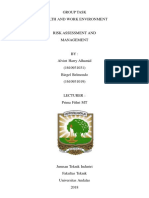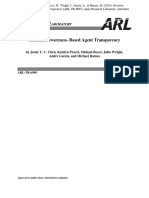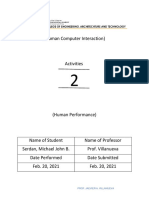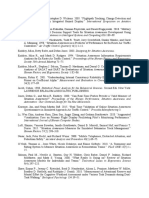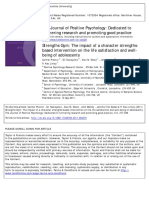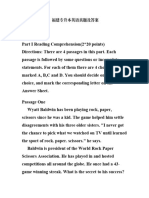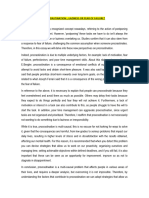0% found this document useful (0 votes)
15 views5 pagesAssignment 1
The study investigates the impact of agent transparency and traffic complexity on situation awareness, mental workload, and task performance in the context of human operators monitoring autonomous ships. It identifies significant research gaps in current cognitive ergonomics, particularly regarding dynamic environments and multitasking demands, while employing a repeated measure experimental design with 34 navigators as participants. Findings indicate that higher transparency improves situation awareness, but complexity increases mental workload, with preferred transparency levels being medium (A) and high.
Uploaded by
angelmaee.palasCopyright
© © All Rights Reserved
We take content rights seriously. If you suspect this is your content, claim it here.
Available Formats
Download as DOCX, PDF, TXT or read online on Scribd
0% found this document useful (0 votes)
15 views5 pagesAssignment 1
The study investigates the impact of agent transparency and traffic complexity on situation awareness, mental workload, and task performance in the context of human operators monitoring autonomous ships. It identifies significant research gaps in current cognitive ergonomics, particularly regarding dynamic environments and multitasking demands, while employing a repeated measure experimental design with 34 navigators as participants. Findings indicate that higher transparency improves situation awareness, but complexity increases mental workload, with preferred transparency levels being medium (A) and high.
Uploaded by
angelmaee.palasCopyright
© © All Rights Reserved
We take content rights seriously. If you suspect this is your content, claim it here.
Available Formats
Download as DOCX, PDF, TXT or read online on Scribd
/ 5












